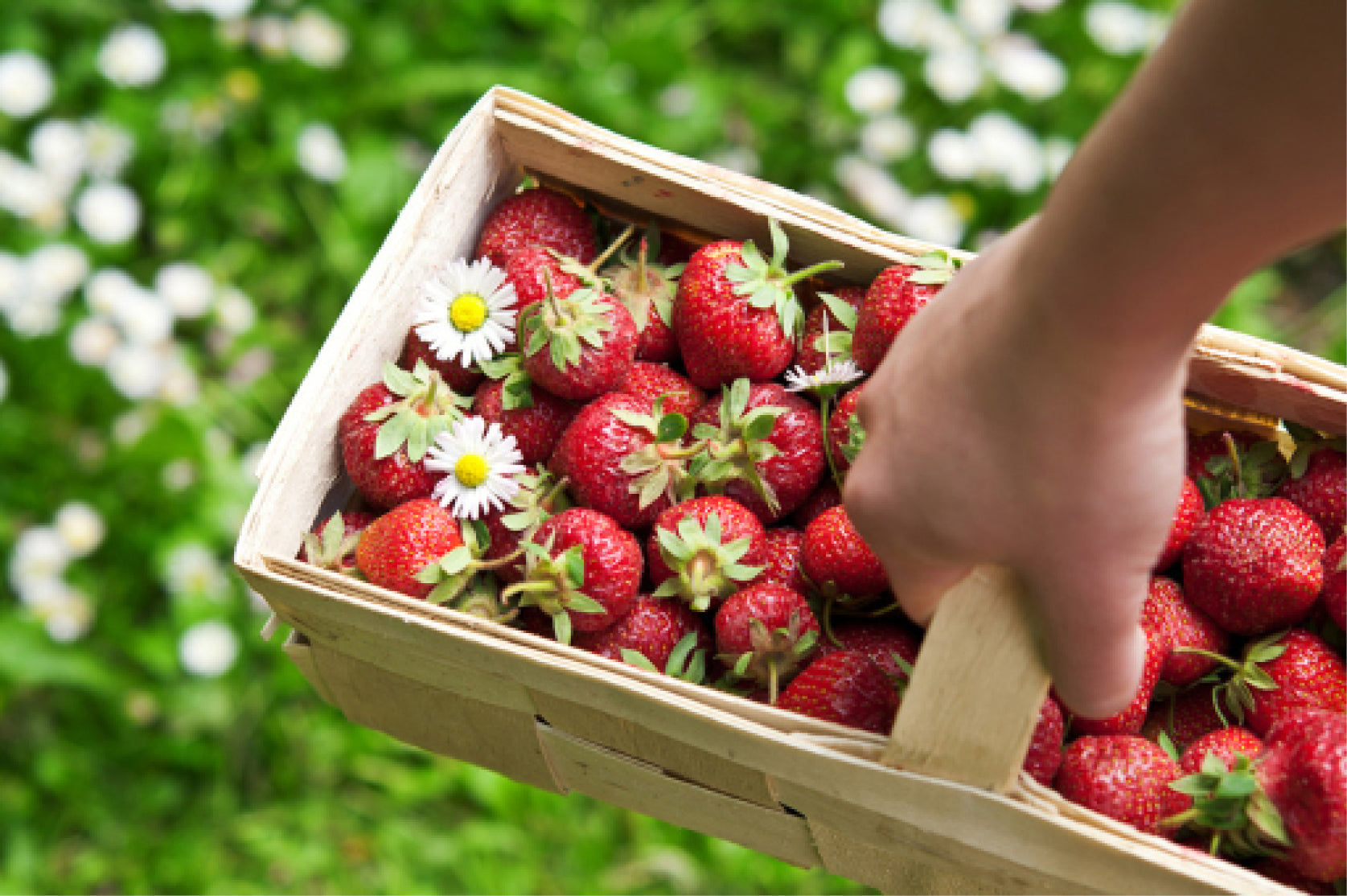
Erdbeeren pflanzen, pflegen und vermehren – so gelingt die süße Ernte im Garten oder auf dem Balkon
Erdbeeren gehören zu den beliebtesten Früchten im Gartenjahr. Ihr süßes Aroma, ihre leuchtend rote Farbe und die unkomplizierte Kultivierung machen sie zur idealen Wahl für Hobbygärtner. Ob im Beet, im Hochbeet oder in Balkonkästen – mit etwas Vorbereitung und Pflege lassen sich Erdbeeren über vi...
Continue reading
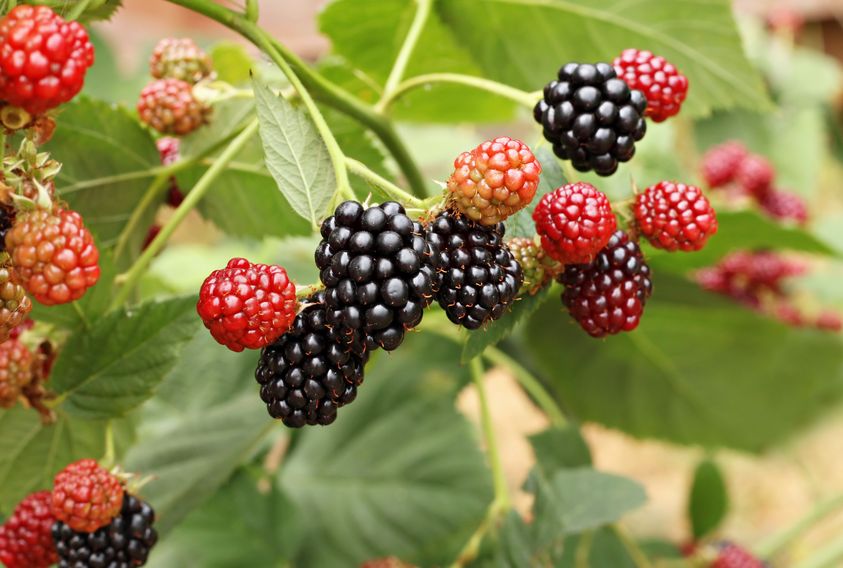
blackberry
Almost everyone is familiar with blackberries (Rubus fructicosus) from wild bushes in the forest. Given the right location, these berries, a favorite of many hobby gardeners, have long thrived in many private gardens, impressing with their easy care and sweet results. The native blackberry is ava...
Continue reading
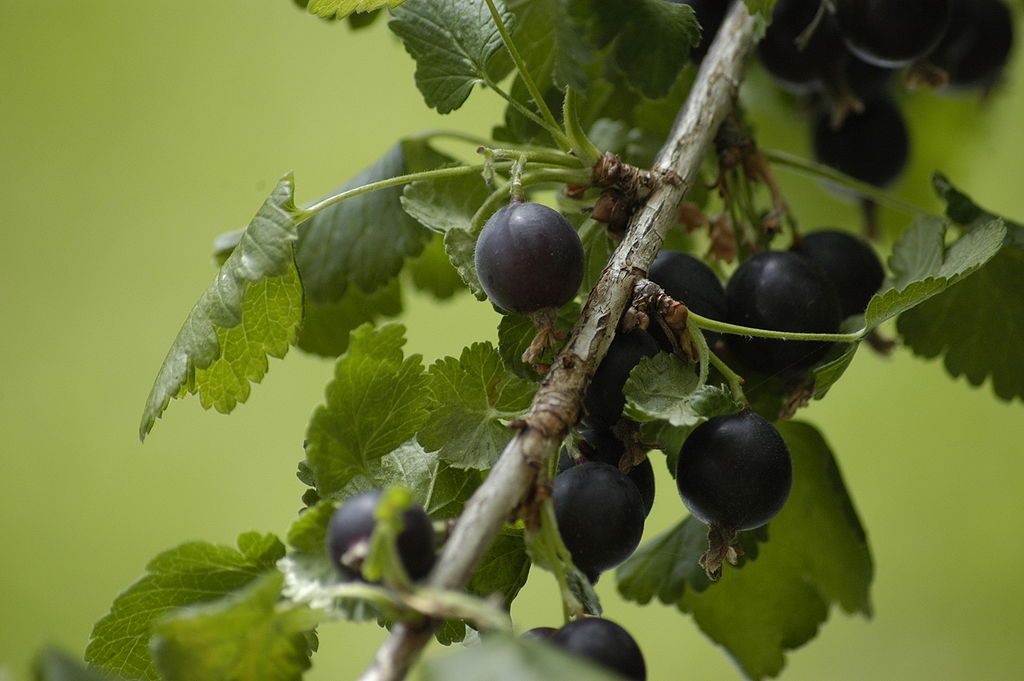
Jostaberry (Ribes x nidigrolaria)
As you might guess from its name, this relatively unknown member of the gooseberry family is a cross between a black currant and a gooseberry. This newcomer wasn't planned: fruit breeders were trying to create plants with the greatest possible immunity to diseases and pests through crossbreeding,...
Continue reading
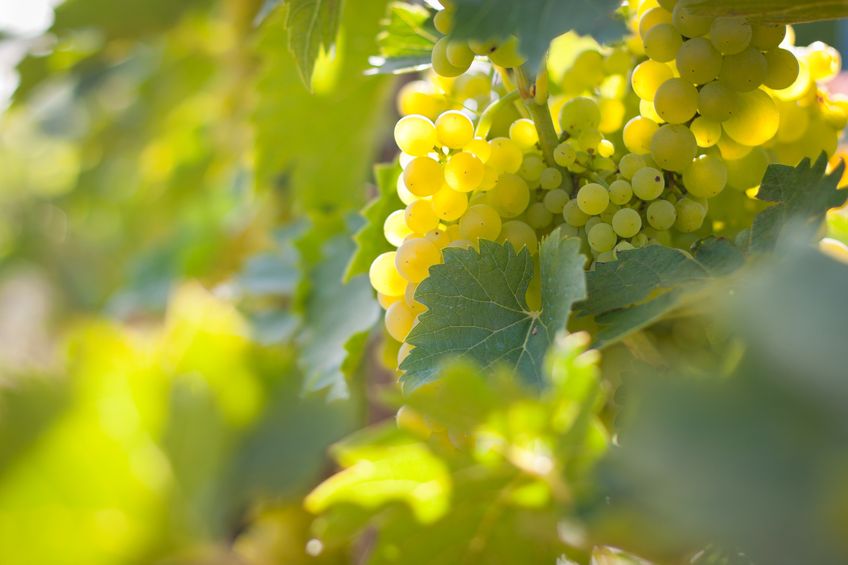
Grapes (Vitis vinifera)
They add a special flair to the garden and boast delicious fruits that are perfect as snacks, but can also be processed into jelly or jam: Grapes shouldn't be missing from your garden! And by the way: There's hardly a fruit whose juice is surrounded by more legends, secrets, and songs.
Continue reading
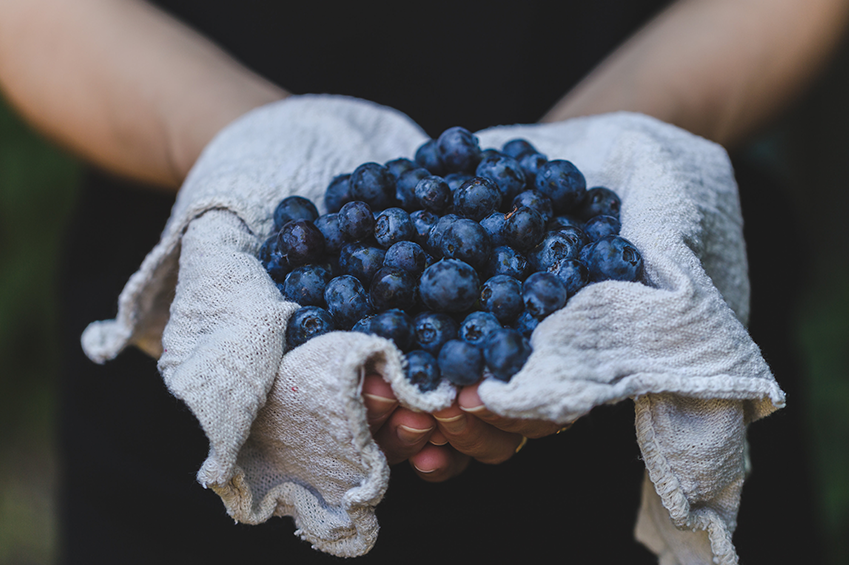
Blueberry, American
The American blueberry, or cultivated in the garden, is much easier than our native blueberry, Vaccinium myrtillus. Its fruits are rich in vitamin C and other vitamins, as well as the blue-dyed substance anthocyanin. This plant pigment is said to have anti-inflammatory properties. Due to its deco...
Continue reading
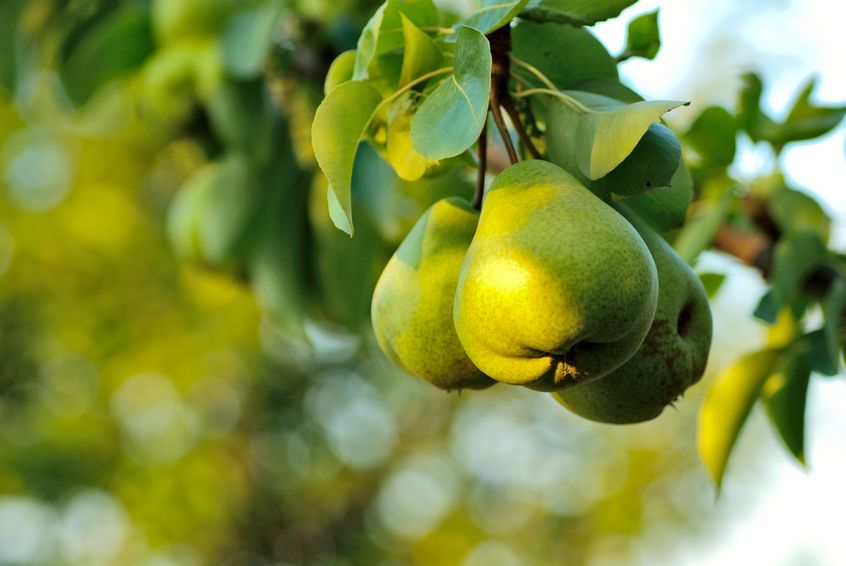
Pear (Pyrus communis)
The pear—everyone knows it, and almost everyone loves it! The history of the pear has long been intertwined with that of humanity. All the more reason to learn a little more about this delicious fruit. And who knows, maybe you'll even end up planting a pear tree in your garden?
Continue reading
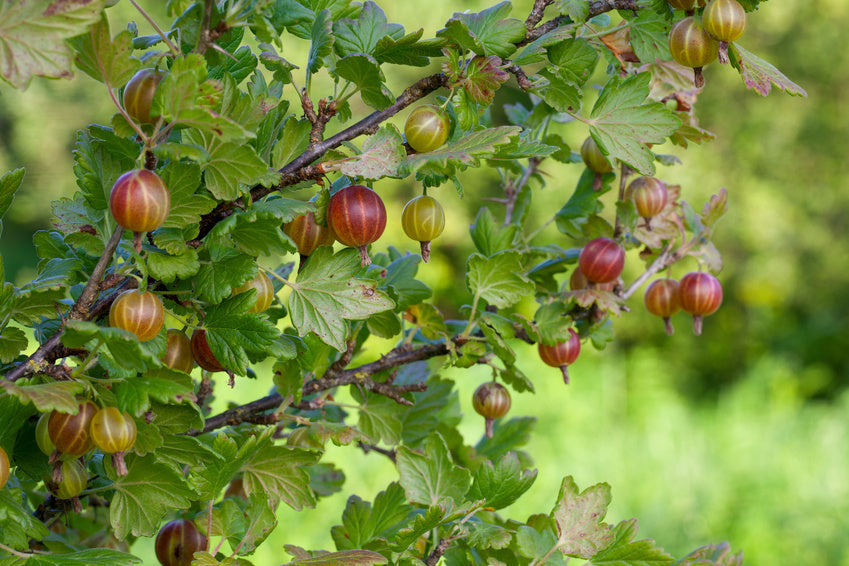
Gooseberry (Ribes uva-crispa)
Gooseberries are often sold sour at the market, making them less suitable for direct consumption. However, cooked and sweetened beforehand, they are a true highlight in cakes, jams, or crumbles. These seemingly unassuming green berries definitely deserve a place in the garden.
Continue reading
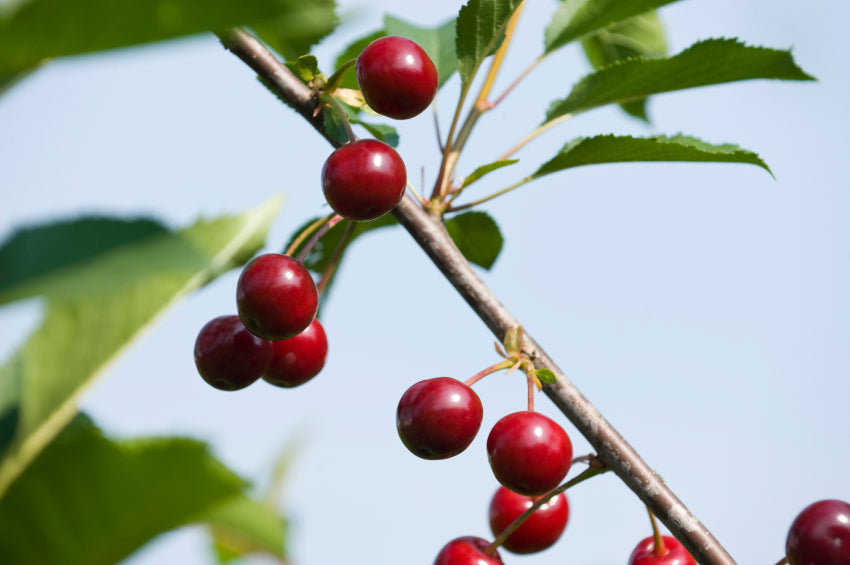
Sour cherry (Prunus cerasus)
They're very undemanding in terms of soil requirements and will certainly thrive on your property. Just make sure you have plenty of space, because sour cherries need it! Even the pits of these small fruits have a lot to offer: Boiled and dried, they make an excellent filling for cherry pit pillows.
Continue reading
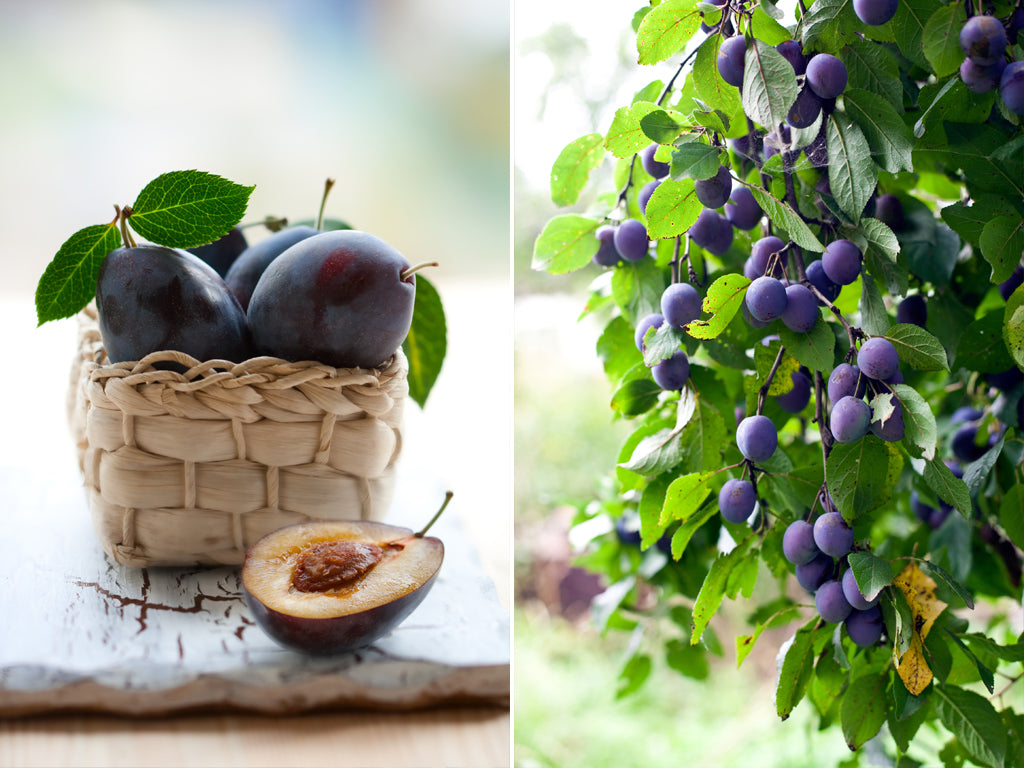
Plum (Prunus domestica)
The plum is probably one of the most tempting fruits. With its juicy sweetness and the multitude of possibilities for processing it, from cakes and compotes to countless and, above all, irresistible desserts, who could say no to that?
Continue reading
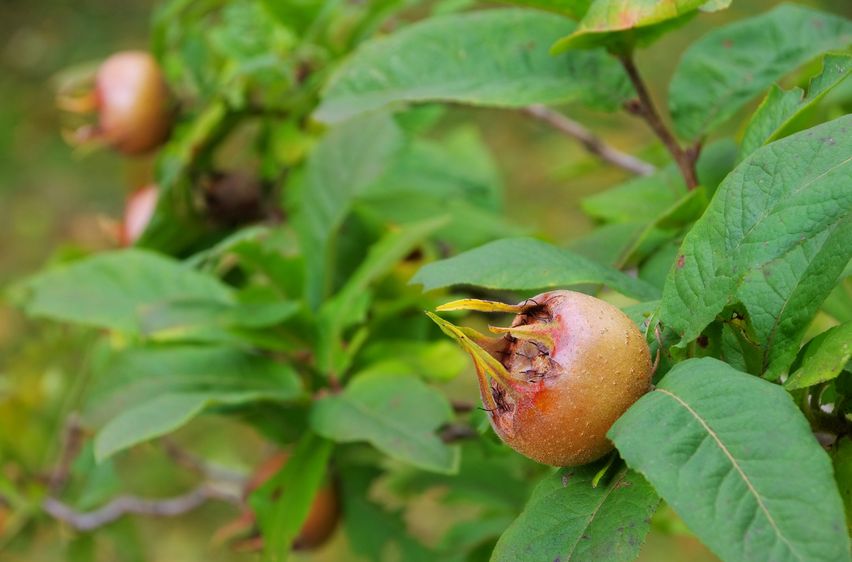
Medlar (Mespilus germanica)
The medlar is certainly not a familiar name these days. It is a deciduous tree with a curved trunk and broad crown that bears edible fruit. In the Middle Ages, this species was widespread throughout much of Europe; today, it is mostly found growing wild.
Continue reading
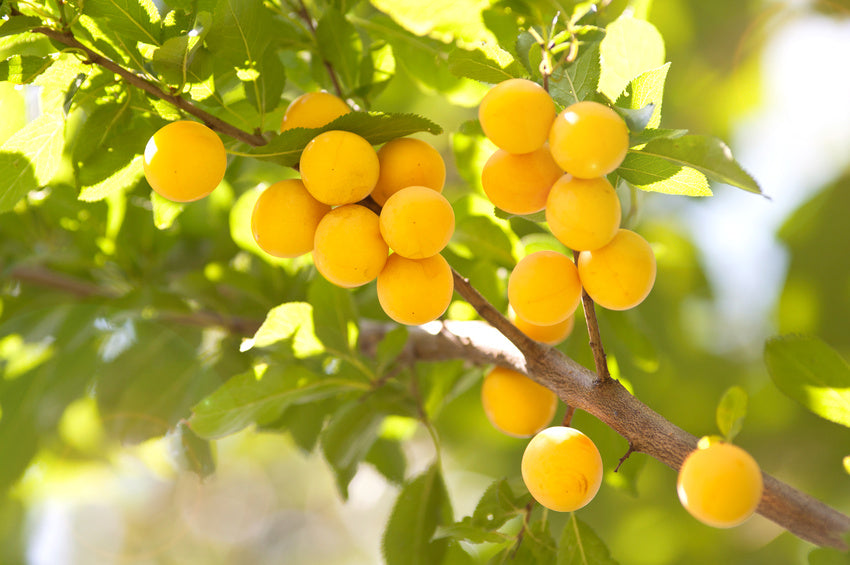
Mirabelle plum (Prunus domestica)
In addition to the original name Mirabelle, this subspecies of plum is also known as “yellow plum”.
Continue reading
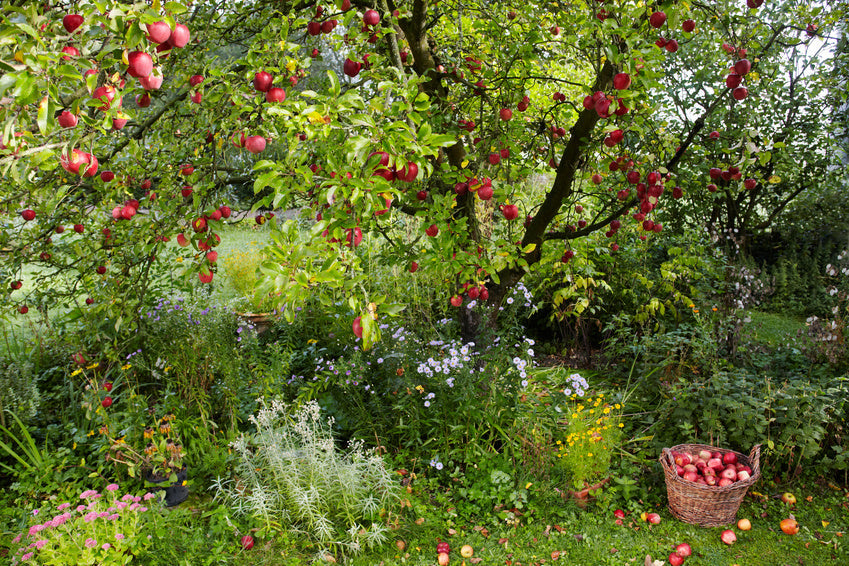
Apple (Malus)
Ask any person to name three types of fruit. The apple would almost certainly be one of them. After all, hardly any other fruit is as popular and used as extensively in cooking, especially in our region. Whether harvesting, making applesauce, or baking apple pie, apples provide a great deal of fu...
Continue reading
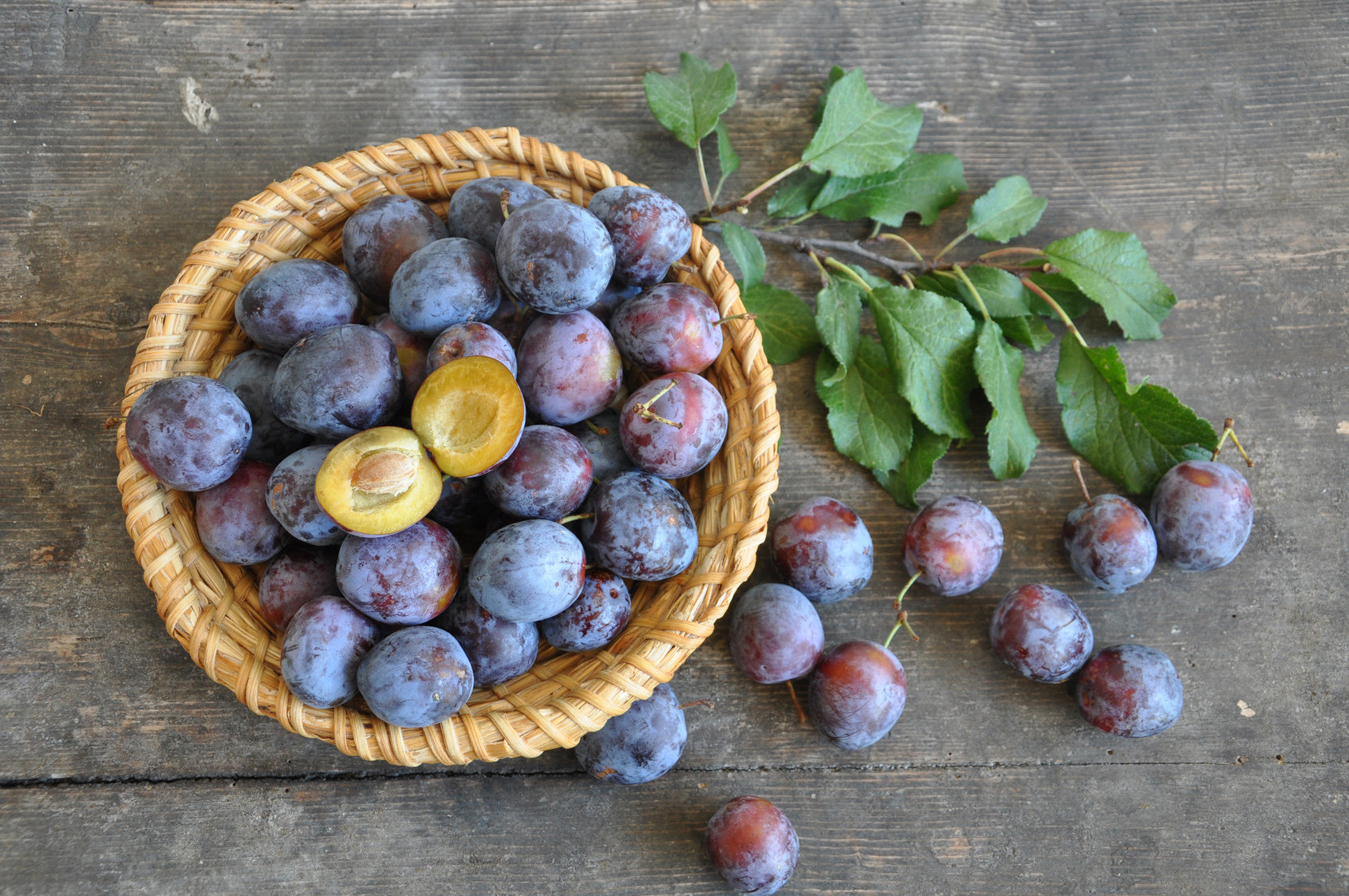
plum
Plum, damson, or even squash—this not only delicious but also extremely healthy fruit goes by many names. The plum (Prunus domestica subsp. domestica) is a subspecies of the plum that is now cultivated as a fruit tree in Europe, Western Asia, North America, and North and South Africa. Many garden...
Continue reading
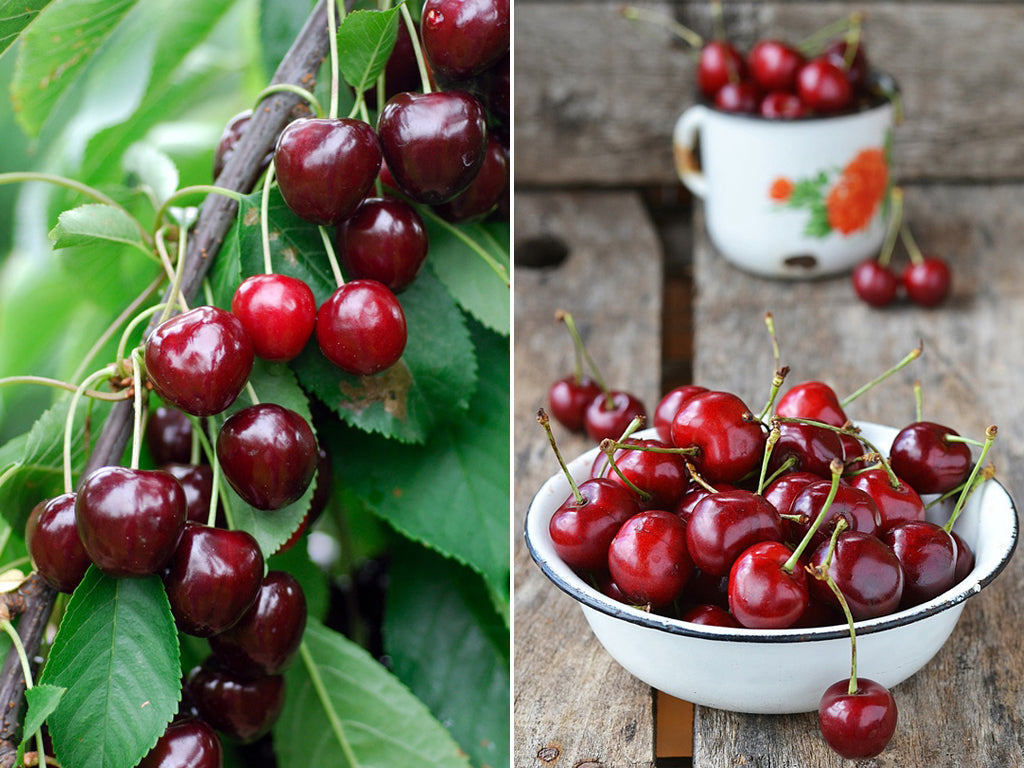
Sweet cherry (Prunus avium)
They're a must-have in summer; almost everyone loves them. Besides their sweet fruits, cherries also bring with them a competition of the highest order: cherry pit spitting is fun for all ages! The sweet cherry, also known as the wild bird cherry, belongs to the rose family. The wild bird cherry ...
Continue reading
